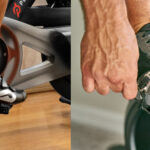Do you have a van’s shoe with an irritating rubbing heel? This can easily be fixed by following these few simple steps.
There’s nothing more frustrating than a shoe that rubs your heel the wrong way. Whether it’s a new pair of shoes that you just can’t seem to break in or an old favorite that’s been giving you trouble for months, rubbing heels can make even the simplest task a total pain.

But before you give up on your favorite pair of shoes altogether, take a look at these tips for how can you stop vans from rubbing heels. With a little bit of patience and some simple modifications, you’ll be able to wear your favorite shoes without any annoying rubbing!
In this article, we will show you how to stop vans from rubbing heel. Keep reading for more information!
Why Do Van Shoes Rub Heels?
There are a few reasons why your vans might be rubbing your heels. The most common reason is that the shoe may not have been properly fitted to your foot, causing it to rub against certain areas as you walk.
Another reason could be that the material of the shoe is too stiff and needs to be broken in.
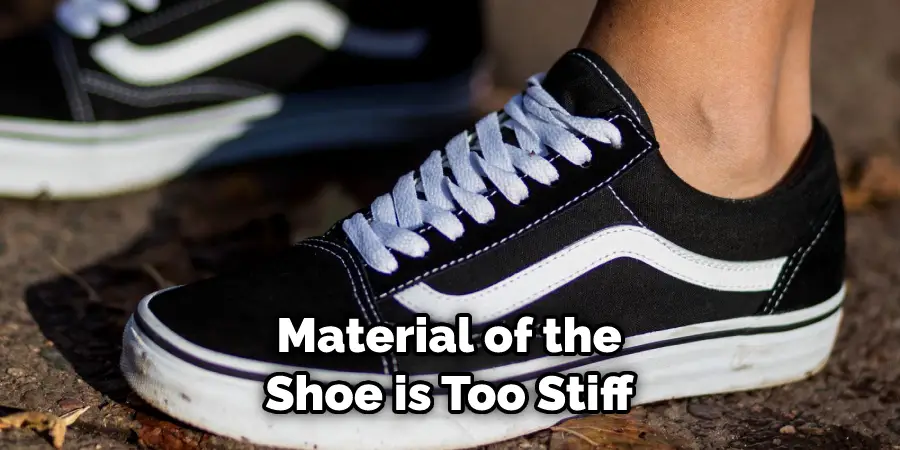
Lastly, it could be that the shoe needs to be stretched in certain areas to fit better.
10 Easy Steps on How to Stop Vans From Rubbing Heel
1. Break in Your Shoes Properly:
Before wearing them for extended periods of time, break in your shoes by wearing them around the house for a few hours at a time and walking on different surfaces. This will help mold the material to your foot shape and reduce rubbing. Be careful not to wear them for too long at first, as this can cause blisters.
2. Use a Hairdryer or Shoe Stretch Spray:
Use a hairdryer to carefully heat up the material of the shoe in the areas where it rubs against your heel. This will help loosen and mold the material to your foot shape. Another option is to use a shoe stretching spray, following the instructions on the packaging. Make sure to test a small, inconspicuous area before applying it to the entire shoe.
3. Wear Thicker Socks:
Wearing thicker socks will add cushion and padding to your heel, preventing any rubbing against the shoe material. Don’t wear too thick of socks, as this can make your shoes feel too tight. Because thicker socks can also cause your shoes to feel too small, only wear them when necessary and for short periods of time.
4. Use Moleskin or Bandages:
Applying moleskin or bandages directly to the areas where your shoe rubs can provide a barrier between your heel and the shoe material. Be careful not to apply too much, as this can cause your foot to slip within the shoe and lead to blisters. You can also try using band aids or plasters.
5. Use Heel Grips or Insoles:
Heel grips or insoles can provide added cushion to your heel and fill in any gaps in the shoe that may be causing rubbing. Try to find ones that are made for your specific shoe size and heel shape. This will give you the best fit and prevent any slipping within the shoe.
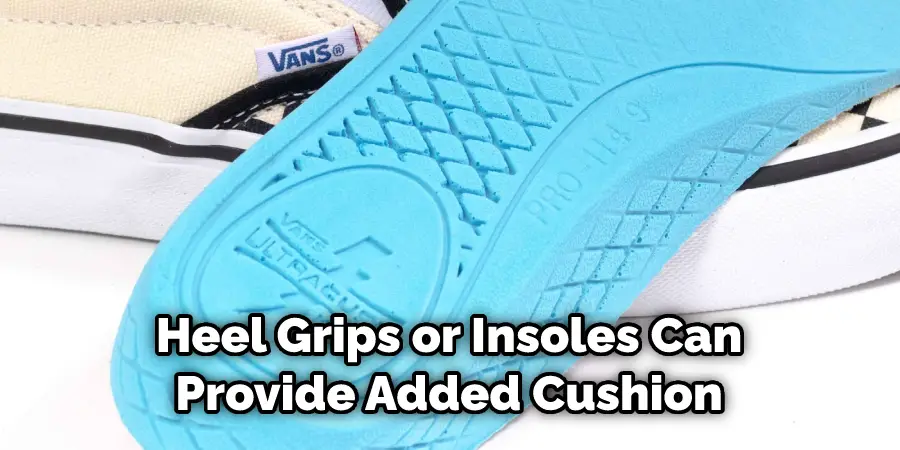
6. Use Shoe Inserts:
Shoe inserts are another option for added cushion and support, as well as filling in gaps that may be causing rubbing. You can get inserts specifically made for vans shoes or try generic inserts that can be trimmed to fit. Soak them in water before trimming to make it easier to mold them to the shape of your shoe.
7. Use Shoe Stretchers:
If the material of your shoe is too stiff, consider using a shoe stretcher to stretch it out in certain areas where it rubs against your heel. It’s important to use the stretcher properly, following the instructions and only stretching small amounts at a time. Because this can permanently change the shape and fit of your shoe, only use it as a last resort.
8. Try Wearing Different Socks:
Experiment with wearing different types of socks, such as low-cut or no-show socks, to see if they provide a better fit and reduce rubbing. Because different materials and thicknesses can affect the fit of your shoe, try a few different options until you find what works best for you. When in doubt, stick with thinner socks to avoid your shoes feeling too tight.
9. Use Gel Heel Cushion Pads:
These can be placed on your heel for added cushion and protection from rubbing. You will get the best results if they are trimmed to fit your specific shoe and heel shape. Don’t use too much, as this can cause slipping within the shoe and lead to blisters.
10. Seek Professional Help:
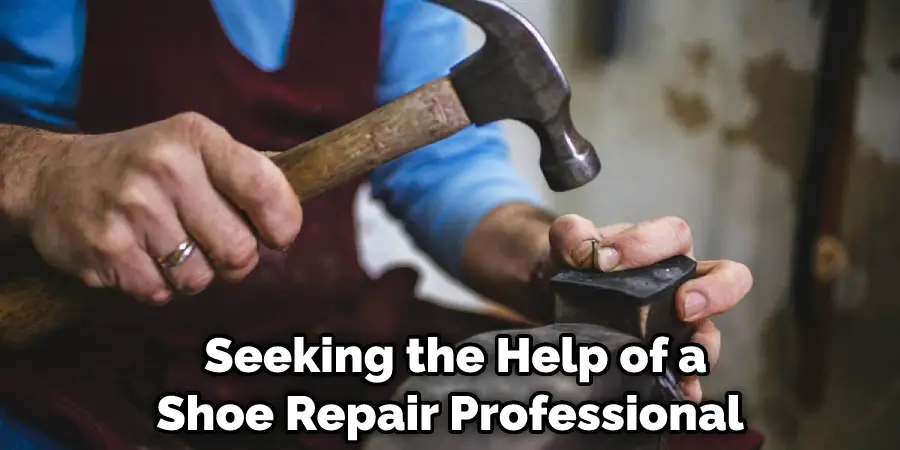
If all else fails, consider seeking the help of a shoe repair professional or cobbler to fix any issues with the fit of your shoe. They may be able to stretch the material or make any necessary adjustments to prevent rubbing against your heel. It may be worth the cost, as it can save you from the discomfort and pain of rubbing heels.
By following these steps, you’ll be able to wear your vans without any more irritation or discomfort from rubbing heels! Don’t give up on your favorite shoes – try these solutions and keep enjoying them for longer. Happy shoe wearing!
5 Additional Tips and Tricks
- Use spray or roller-on shoe stretching product on the heel area.
- Apply heat with a hair dryer or heat gun to expand the material.
- You can also try nylon socks or bags filled with water to stretch the material while wearing the shoes.
- Don’t forget to gradually break in your shoes before wearing them for extended periods.
- Newspaper or tissue paper can also be stuffed into the heel area to stretch them out.
Remember always to consult a professional shoe repair specialist if needed.
5 Precautions You Can Take
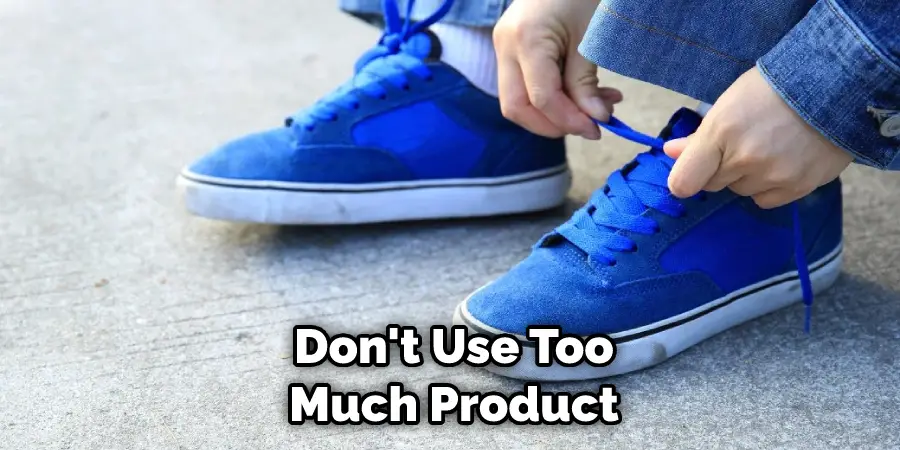
- Make sure to follow the instructions for any products or tools used to stretch or adjust the shoes.
- Don’t use too much product or apply heat too intensely, as it can damage the material of the shoe.
- Gradually break in new shoes to avoid discomfort and irritation.
- Take breaks while wearing new shoes to allow your feet to rest and avoid blisters.
- If the rubbing persists, consider trying a different shoe or seeking professional help. It’s not worth enduring the discomfort for the sake of a certain pair of shoes.
Listen to your feet and take the necessary steps to prevent discomfort or pain. Happy shoe wearing!
Do Vans Hurt at First?
It really depends on the individual. Some people might find Vans comfortable right off the bat, while others may need to break them in and make adjustments to prevent rubbing or discomfort.
It’s always a good idea to gradually break in new shoes before wearing them for extended periods of time. Taking breaks and switching between different pairs can also help prevent discomfort. If the issue persists, try different solutions or consider trying a different shoe. It’s important to listen to your feet and take steps to prevent any discomfort or pain.
Vans are generally known for being comfortable and durable shoes, but it’s always a good idea to pay attention to how they feel on your feet. Take the necessary precautions and make adjustments as needed.
Why Are Vans So Uncomfortable?
Several possible reasons your Vans may be causing discomfort at the heel. It could be due to a lack of arch support, poor fit, or even how the shoe was manufactured.
Fortunately, there are some steps you can take to alleviate this rubbing and improve the overall comfort of your shoes.
Overall, selecting the correct size is key to preventing heel rubbing. Make sure your toes have enough room and that the heel is snug and secure without slipping off.
Conclusion
Vans are a great and affordable option for those who want stylish shoes. But one of the drawbacks is that they can rub your heel, causing discomfort. Luckily, there are a few things you can do to prevent this from happening. Try wearing socks with them or breaking them in gradually so that your feet have time to adjust. With these tips, you’ll be able to enjoy your vans without worrying about sore heels.
In short, to stop your van from rubbing your heel, you’ll need to adjust the positioning of your foot and make sure that your shoes are properly laced. You may also want to try wearing a different type of shoe or investing in custom-made orthotics. With a little patience and experimentation, you can find a solution that works for you.
Hopefully, the article on how to stop vans from rubbing heel was helpful. So, what are you waiting for? Take the necessary steps to prevent discomfort and enjoy your vans in comfort. Happy shoe wearing!




